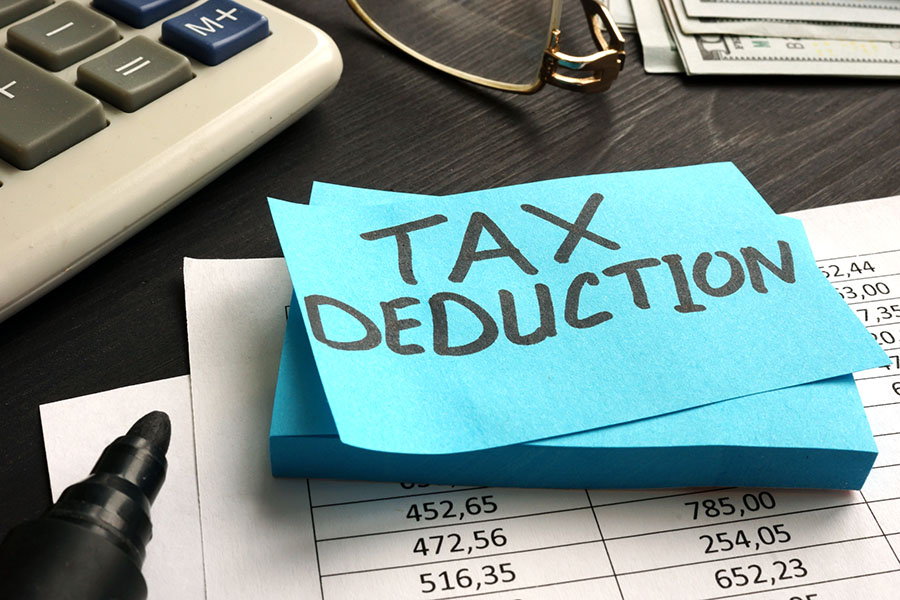Tall Toilet may qualify for Tax Deduction as medical expense per Publication 502

Excerpts here used from the Department of the Treasury, Internal Revenue Service, Publication 502, Cat. No. 15002Q Medical and Dental Expenses. Direct link to Publication 502: https://www.irs.gov/pub/irs-pdf/p502.pdf Disclaimer: This post is not financial advise. Please consult your tax professional. Eddie is not a tax professional.
What Are Medical Expenses?
Medical expenses are the costs of diagnosis, cure, mitigation, treatment, or prevention of disease, and for the purpose of affecting any part or function of the body. These expenses include payments for legal medical services rendered by physicians, surgeons, dentists, and other medical practitioners. They include the costs of equipment, supplies, and diagnostic devices needed for these purposes.
Medical care expenses must be primarily to alleviate or prevent a physical or mental disability or illness. They don’t include expenses that are merely beneficial to general health, such as vitamins or a vacation. Medical expenses include the premiums you pay for insurance that covers the expenses of medical care, and the amounts you pay for transportation to get medical care. Medical expenses also include amounts paid for qualified long-term care services and limited amounts paid for any qualified long-term care insurance contract.
What Medical Expenses Are
Includible?
Following is a list of items that you can include in figuring
your medical expense deduction. The items are listed in
alphabetical order.
This list doesn’t include all possible medical expenses.
To determine if an expense not listed can be included in
figuring your medical expense deduction, see What Are
Medical Expenses (see text above)
Capital Expenses
You can include in medical expenses amounts you pay for
special equipment installed in a home, or for improvements, if their main purpose is medical care for you, your spouse, or your dependent. See Page 6, Publication 502 (2020)
These improvements include, but
aren’t limited to, the following items.
“Installing railings, support bars, or other modifications
to bathrooms.”
You can include in medical expenses amounts you pay for
special equipment installed in a home, or for improvements, if their main purpose is medical care for you, your spouse, or your dependent. The cost of permanent improvements that increase the value of your property may
be partly included as a medical expense. The cost of the improvement is reduced by the increase in the value of your property. The difference is a medical expense. If the value of your property isn’t increased by the improvement, the entire cost is included as a medical expense.
“You can include in medical expenses amounts you pay for special equipment installed in a home, or for improvements, if their main purpose is medical care for you, your spouse, or your dependent.”
Certain improvements made to accommodate a home to your disabled condition, or that of your spouse or your dependents who live with you, don’t usually increase the value of the home and the cost can be included in full as medical expenses. These improvements include, but aren’t limited to, the following items.
• Constructing entrance or exit ramps for your home.
• Widening doorways at entrances or exits to your
home.
• Widening or otherwise modifying hallways and interior
doorways.
• Installing railings, support bars, or other modifications
to bathrooms.
Eddie’s comment: as your tax professional if you can consider a Convenient Height Tall Toilet as special equipment. Ask if installing a Convenient Height Tall Toilet in your bathroom is considered a “home improvement, where the main purpose is medical care for you, your spouse, or your dependent.” This will help you decide if your new Convenient Height Toilet qualifies for Tax Deduction as medical expense per Publication 502 Good luck!
• Lowering or modifying kitchen cabinets and equipment.
• Moving or modifying electrical outlets and fixtures.
• Installing porch lifts and other forms of lifts (but elevators generally add value to the house).
• Modifying fire alarms, smoke detectors, and other
warning systems.
• Modifying stairways.
• Adding handrails or grab bars anywhere (whether or
not in bathrooms).
• Modifying hardware on doors.
Also, if you have a Long-term care insurance policy, please see our post about it here.
I want to encourage you to ask your tax professional about your purchase of the Convenient Height tall toilet possibly qualifying for a Tax Deduction as medical expense per Publication 502 . We will provide the receipt to show you have purchased it directly from us, the tall toilet manufacturer. As well as we will supply any other product information to ensure you have everything needed to get the reimbursement.

Please share your experience about long-term care insurance reimbursing for the home improvements below, in our comment section. Thank you!
Warmly,
Eddie







Comments (1)
Hi! Please share your experience about using Tax Deduction as medical expense per Publication 502. Please post your thoughts right here, in our comment section.
Leave Your Comment